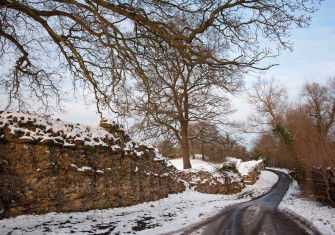Our Before and After
The pandemic has created a dividing line for our time, like many others in the past.

This past year has introduced many of us to new ways of measuring time. The cancellation of so many events means it has become difficult to mark time in the usual ways, as weekends and work-days, school terms and holidays have merged into each other. In place of our usual markers, though, a novel, shared vocabulary of time marking has developed: we now know exactly what it means to say something happened ‘during the first lockdown’, a phrase which would have been meaningless a year ago.
At the moment, the pandemic has divided personal and societal measurements of time into a clear ‘before’ and ‘after’. In the future we will probably speak, as we do now, of ‘pre-Covid’ or ‘post-pandemic’ life. It will be for later historians to decide whether those phrases persist in the long term – whether they come to mark such epochal time divisions as, for instance, ‘prewar’ and ‘postwar’ do in modern British discourse.







